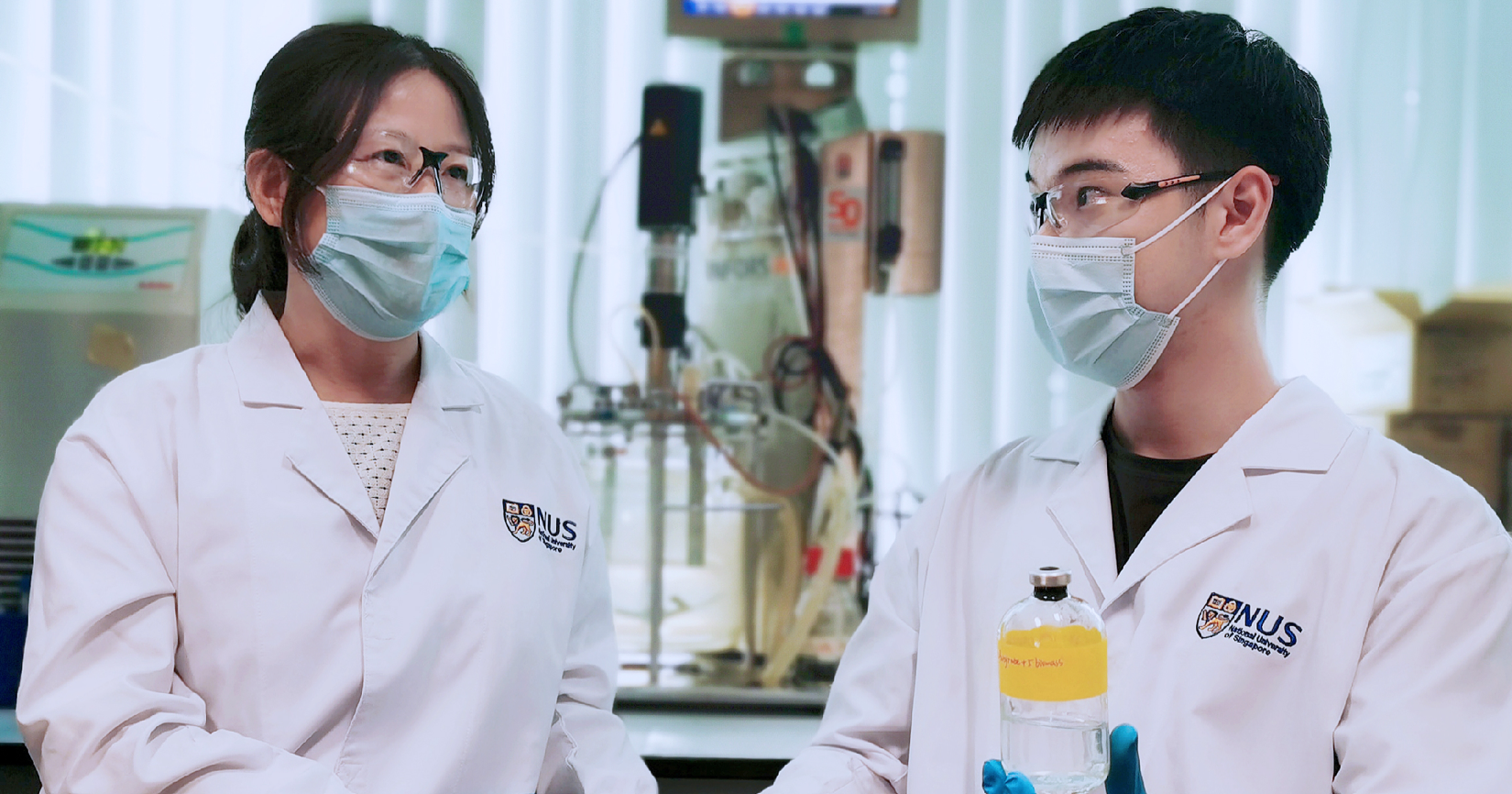Some great scientific innovations came about not because inventors identified a problem and wanted to solve it, but from simple observation.
Moments like Edward Jenner realising the link between smallpox and cowpox, which led to the world's first vaccine, and Alexander Fleming's discovery of penicillin were due to keen-eyed scientists noticing something different, and making the connection.
Something weird observed
A National University of Singapore (NUS) research team from the Department of Civil and Environmental Engineering at the Faculty of Engineering were conducting routine monitoring at a wastewater treatment plant in Singapore.
Nitrogen in ammonia and phosphorus in phosphates must be removed from sewage before it is released, or else it would be very harmful to the environment.
Then, the team chanced upon something strange.
They noticed the unexpected removal of nitrogen in the aerobic tanks and higher levels of phosphate removal, despite the absence of bacteria known to remove phosphorus.
So what was responsible for the readings?
New bacteria strain identified
The research team obtained wastewater samples from a tank, isolated various strains of bacteria, and tested each of them for their ability to remove nitrogen and phosphorus.
One of the strains, which appeared as sticky, creamy, light yellow blobs on the "agar medium", was able to remove both nitrogen and phosphorus from water faster than the other tested microbes.
The NUS team sequenced its genes, and compared them to related bacteria in a global database.
It was then established as a new strain of bacteria, and was named Thauera sp. strain SND5.
Cheaper, greener, more efficient
A bacteria strain that can remove nitrogen and phosphorus from water may not sound too exciting. But small things may lead to big changes.
If the bacteria is used to treat sewage, it could significantly reduce both costs and greenhouse gas emissions of traditional wastewater treatment methods.
Compared to conventional processes of nitrogen removal, using this bacteria could potentially save 62 per cent of electricity costs, which is significant as the aeration system in a wastewater plant is responsible for half of its energy costs.
Another disadvantage of conventional methods of treatment is that it releases nitrous oxide, a harmful gas, into the atmosphere.
But the NUS-discovered bacteria solves this by converting ammonia into harmless nitrogen gas instead.
And the removal of phosphates in sewage water is a great bonus.
This helps reduce costs and make treatment more efficient, because wastewater treatment plants can now use a single reactor with just one bacteria strain to remove both nitrogen and phosphorus.
According to associate professor He Jianzhong, the leader of the team:
"Population and economic growth have inevitably led to the production of more wastewater, so it is important to develop new technologies that cost less to operate and produce less waste overall - all while meeting treatment targets."
We deliver more stories to you on LinkedIn
Top image from NUS.
If you like what you read, follow us on Facebook, Instagram, Twitter and Telegram to get the latest updates.
